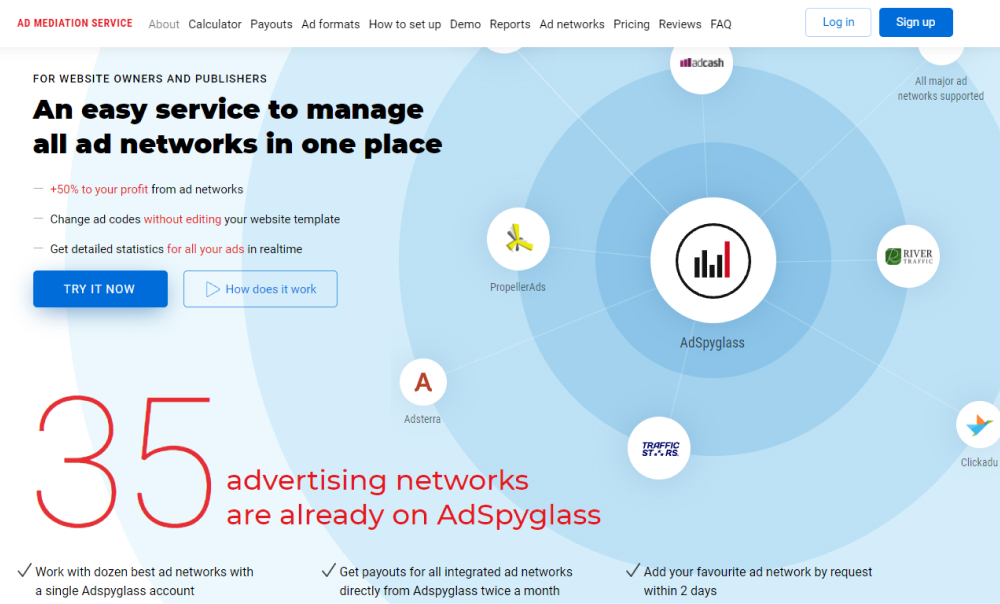A breadcrumb is a series of links that website users use to navigate a website and track the website homepage from the page they’re currently viewing. It appears around the top of your page mainly in a single line and reflects the website structure. When appropriately used, breadcrumbs can give your website pages more context and cut down on negative factors to improve your website’s user experience.
Types of Breadcrumbs
- Location breadcrumbs: this is the most familiar type and tells a page’s position in the website hierarchy. With this breadcrumb, users can also visit a page hosting other similar pages.
- Path breadcrumbs: this type shows the users’ path to the webpage. A website’s content can be accessed through different paths, and the path crumbs show this.
- Keyword or attribute breadcrumbs: the difference between attribute and location crumbs is that attribute or keyword crumb uses an attribute or a keyword to represent the webpage instead of the page title. This type of breadcrumb is common on e-commerce websites.
How It Affects SEO
- Keywords point to specific pages and help the search engine understand the relationship between different pages.
- The website’s internal linking structure improves. This is an additional benefit of breadcrumbs if used together with contextual linking to other related pages.
- Schemas can describe breadcrumbs, and this helps search engine bots identify the breadcrumb and increases the chance of the breadcrumb appearing on SERPs.
